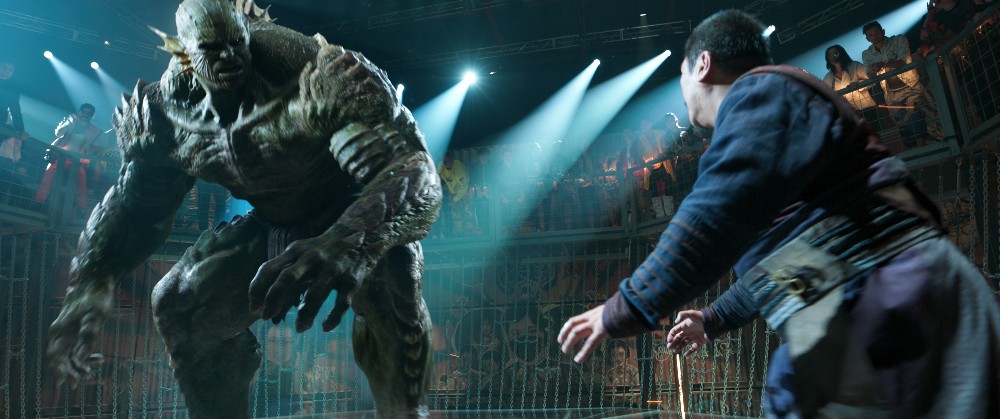
Marvel Studios released three movies in 2021 — four, if you count its collaboration on Spider-Man: No Way Home — but one of the best, in terms of its visual effects, was Shang-Chi and the Legend of the Ten Rings, which used those effects to enhance its physics-defying fight sequences.
Though Shang-Chi was directed by Destin Daniel Cretton, the overall VFX Supervisor was Christopher Townsend, who previously earned Oscar nominations for his work on Marvel’s Iron Man 3 and Guardians of the Galaxy, Vol. 2. Townsend also tapped another previous Oscar nominee, Joe Farrell, formerly of Scanline VFX, to serve as the movie’s additional VFX Supe, and Farrell worked with the 2nd unit on many of those fantastic fights.
Below the Line previously spoke with Micah Gallagher from Scanline and Sean Walker from Weta FX about the role they played in bringing Cretton’s vision of this somewhat obscure Marvel hero to the big screen. Townsend and Farrell recently hopped on Zoom to discuss the overall visual effects in Shang-Chi and how the production was affected by the COVID pandemic, which actually gave everyone more time to perfect those visual effects. Both Townsend and Farrell also praised the less obvious supporting visual effects necessary for all movies to truly soar, not just the ones that are obviously driven by visual effects.
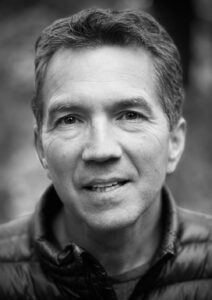
Below the Line: Chris, you’ve been working with Marvel for a few years now, so are you generally the VFX Supe making sure everything that’s being filmed is workable on the visual effects side of things?
Chris Townsend: Absolutely. I was the overall Visual Effects Supervisor and Joe was the Second Unit Visual Effects Supervisor while we were shooting. So we split our duties that way, and then he carried on in post afterward as the additional VFX Supe, so the two of us then worked hand-in-hand, divvying up the work. My job on set, I generally stick with the main unit, and I work with the director and sit with the director every day, and discuss how we’re going to try and do things with everyone — all the key heads of department like stunts, costumes, hair and makeup, sets, production, design, cinematography, everything. I’m very fortunate in my particular role that I get to start at the very beginning, as the scripts have been written, and see it all the way through to the end.
BTL: Joe, I know you’ve worked with Chris on other things, so when are you brought onto the show as the additional VFX Supe?
Joe Farrell: Chris and I actually went and got a coffee together down in Venice Beach and decided if we liked each other and wanted to spend the next couple of years hanging out. Obviously, that worked out well, and then I joined Chris… he was many months in advance of me, obviously, being the main supe. I joined in January of 2020, and then we shot for about nine months down there in Sydney, Australia at Fox Studios.
BTL: So this wasn’t shot in Atlanta at all, where Marvel shoots many of its projects?
Townsend: No, we shot all the stage work in Sydney, and then additional photography was done here in LA. And we also shot some overseas, [like] the live-action bus sequence in San Francisco.
BTL: So you didn’t actually go to San Francisco to shoot some of that stuff there?
Townsend: We didn’t actually go because we were in COVID lockdown at the time, so we had a third unit that specifically went and shot the San Francisco stuff based on the stuff that we had all figured out how we would try and do it, and then gave instructions. Luckily, Joe and I were both able to come over to San Francisco from Australia the year before COVID had happened, and we were able to recce with the DP, Bill Pope, and met the whole stunt team and the driving team, and figured out exactly how we were going to do things, and then sort of put that plan into action from afar. Unfortunately, we were hoping to come over for it, but as I say, COVID happened, so we were stuck in Australia. Not a bad place to be.
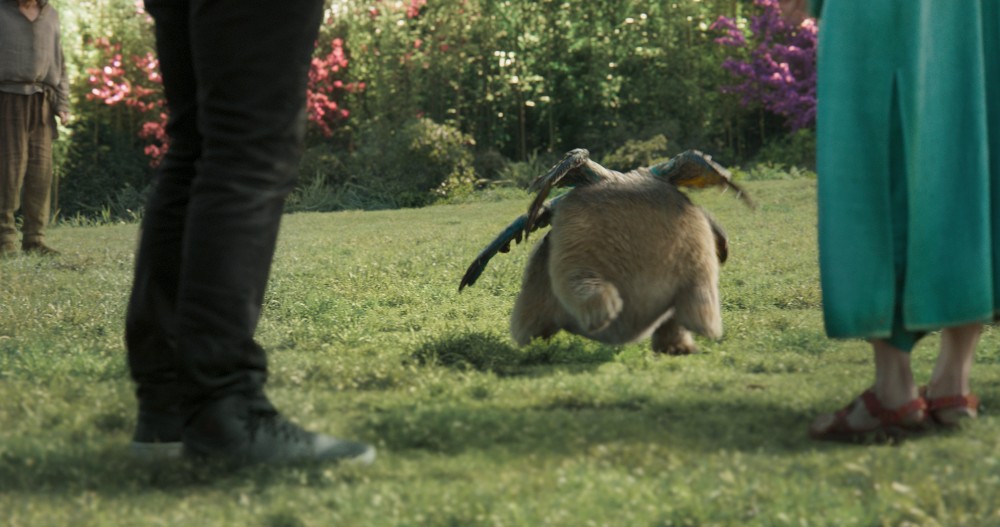
BTL: One of the safer places to be in the world during COVID, for sure. Since you’re involved so early in the script phase, are you already starting to break down what needs to be done in terms of the VFX at that early stage? At what point do you start going out to VFX houses and figuring out which one is going to do which portion of the movie? I know Weta did a big chunk of the final battle at the end, while Scanline did specific things as well. How do you decide how to divide up all the work that needed to be done?
Townsend: Casting of visual effects companies is just as important as casting the roles for acting. I think it’s incredibly imperative that you get it right, and we’ve been fortunate to work with, obviously, a lot of these companies over the years. And so you go to specific companies for their strengths and abilities, and also their enthusiasm. Sometimes, you want to give a company a chance to do something that they’ve never done before, because they bring an enthusiasm to it, which is incredibly valuable.
We ended up going to Trixter, which is a German-based company in Munich and Berlin for animation. They’ve done tremendous animation work for us before. We went to Digital Domain for some environment work. Like you say, we went to Scanline for a lot of SIM-heavy work, which they’re obviously famous for, and needed that sort of powerhouse for simulation stuff. Luma, who previously worked with me on Captain Marvel doing the train sequence, so we gave them the whole bus fight, which they pulled off beautifully.
So you really try and find companies… Rising Sun Pictures in Australia had done some amazing environment work previously, so we use them to create the whole world of Ta Lo, the magical mystical place where we ended up in the third [part] of the movie, and then that was shared with both Weta and Trixter. Rodeo FX in Canada, based on their reel, and also our experience working with them and their reputation, they ended up working with Joe actually on the whole scaffolding fight sequence when they’re up on the side of the building, and the full digital Macau city build.
You try going to these companies that, as I say, you play to their strengths, and as you go through the script, Damien Carr, the Visual Effects Producer, and I would sit down and try to figure out, ‘Okay, who does it seem to make sense to cast for these various sequences?’
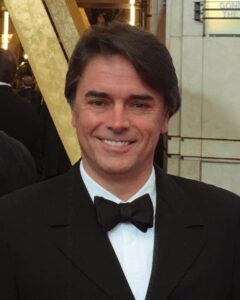
BTL: And Joe, were you working with 2nd unit for the entire movie, or just most of it?
Farrell: [My] main role, when we discussed it, was to take on the responsibility of being the visual effects representative for second unit. Second unit on this particular film was quite extensive. A lot of the martial arts stunt work, and any other sort of explosions or car stuff, that wasn’t dialogue-driven that Destin would feel comfortable moving to second unit was covered in that. We shot for many months on a second unit on that one. It would sort of start up and come back and forth, depending on what main unit were doing. Working with Brad Allen, who was the second unit director, who unfortunately passed away recently.
BTL: Are you and Chris having meetings every day to figure out how to split things up? There’s obviously so much stuff to stay on top of between the different houses working on the visual effects, as well as everything being shot on set.
Farrell: Exactly, yeah. I think basically what we would do is I would reach out to Chris when things were absolutely critical for decisions that are being put into the whole film, or decisions that happened leading up to that point that would affect main unit. By the same token, we sort of needed to be a bit on our own as it were because when you’ve got these two big units running simultaneously like that, you need to be making decisions pretty much on the hour, every hour. So, a bit of running and making the decisions and feeling out what Chris was thinking for certain sequences and thinking the way he would like things to have happened, as well as making decisions that were pertinent to what problems I was being presented with at the time.
Townsend: I think everyone has to be very open, and communication has to be very, very clear across the board, not only between first and second unit, but also between all the other departments. We would obviously have a lot of meetings scheduled daily, with all departments, and Joe and I would usually be there at all those meetings together, whenever it became something that was sort of a global thing for the film. And then it’s a matter of communicating well and keeping those lines of communication open and being very open about everything with all the different visual effects companies. I think we had 12 visual effects companies eventually, so it’s a lot of organization, and that’s obviously where an amazingly strong and organized production crew on our end comes in, and we had a great group of people and coordinators and producers looking after us.

BTL: When I spoke to the guys who did the VFX for Spider-Man, they said that things were changing constantly, so how do last-minute changes affect what you guys are doing?
Townsend: Obviously, one of the infamous things that Marvel is known for is chasing the very best movie it can till the very last minute. I’m very used to this, as this was my sixth Marvel movie that I’ve done, so I’m very used to that sort of change and what’s expected of us. Obviously, we’re one of the departments that can really help out to solve those problems, whether it’s continuity or big story beats we have to try and get across. We’re one of those departments, obviously, in post, that’s very used to making those changes and pivoting very quickly. It makes it very challenging, but I also think it keeps you on your toes, and keeps it interesting, so it’s good.
Farrell: Destin had such a clear understanding of what he wanted to say with this film, and I found that, even though we were making improvements everywhere, there was always that clear line of the story that Destin had all along. I felt like it sort of remained that way, all the way through with all the changes and beats were tightened up as it were, I found.
Townsend: Absolutely. I think of all the films I’ve worked on, this is probably one of the most focused in terms of the storytelling that it was pretty clear, and it didn’t really change that much. There were sort of big shifts, particularly in the third battle, or trying to tell the story the most efficient and the best possible way. But generally, like Joe says, Destin had a pretty clear idea of what he wanted, and all the studio folks all sort of went along with that, and it was a matter of refinement.
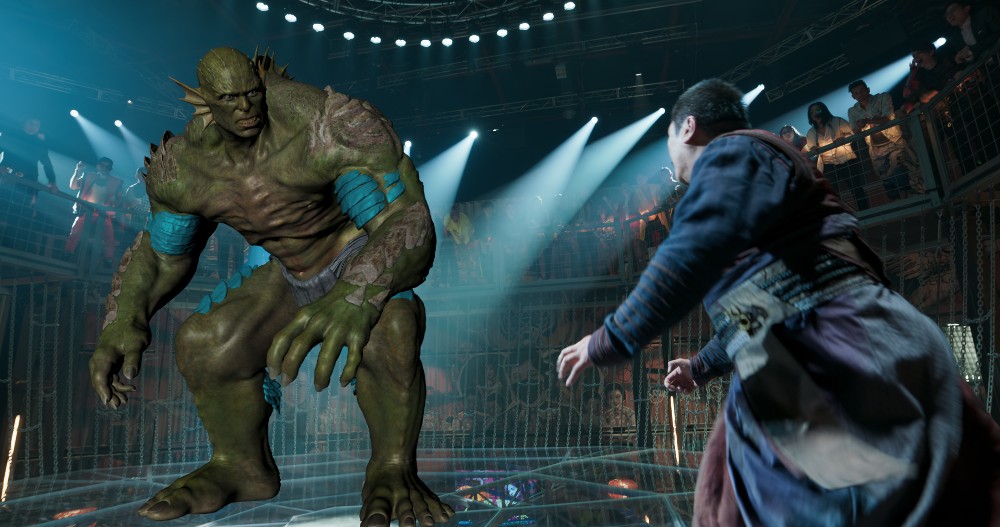
BTL: One of the VFX supes I spoke to was talking about having to maintain consistency between the houses on the color of the rings, but also how they were changing color as part of the storytelling. How often were you meeting over Zoom with everyone, considering that you were all in different parts of the world and in different time zones anyway?
Townsend: With all of this sort of stuff, it’s a matter of planning and communication. We initially started with much more flamboyant rings, and then at one point, we were going for very colorful rings, and they change color depending on the action that they were doing. We had many, many meetings — months of meetings, and tests of trying to figure out the right color combination. We ended up with a much more simplified and more refined palette with the blue-purplish for Wen Wu, and the sort of gold for Shang-chi. It was based on their characters and their costume and the coldness and the harshness of Wen Wu’s and then the warmth and the subtlety and elegance of the gold for Shang-chi. Once we established what those colors were, we also carried on working with a specific look, and we had to then obviously share that. As shots would come in from one company, we would send those shots out to the other companies working on the rings. “Okay, they should look like this,” and we kept everyone iteratively changing. Again, we would share those visuals.
I go into every film, and say to all the companies, “Look, we’re all in the sandbox and we all have to play nice together.” Gone are the days when you’re able to keep too many things close to your chest. It just doesn’t work with these kinds of movies; you need to be able to share looks and skills and lessons learned, I think. You want to make it as efficient as possible, and you don’t want to force another company to go down the same wrong track you’ve been down. It’s very open, and it has to be, “Okay, we all succeed if we all succeed.” I think that’s always the mandate that we try, and I certainly strive for with every film.
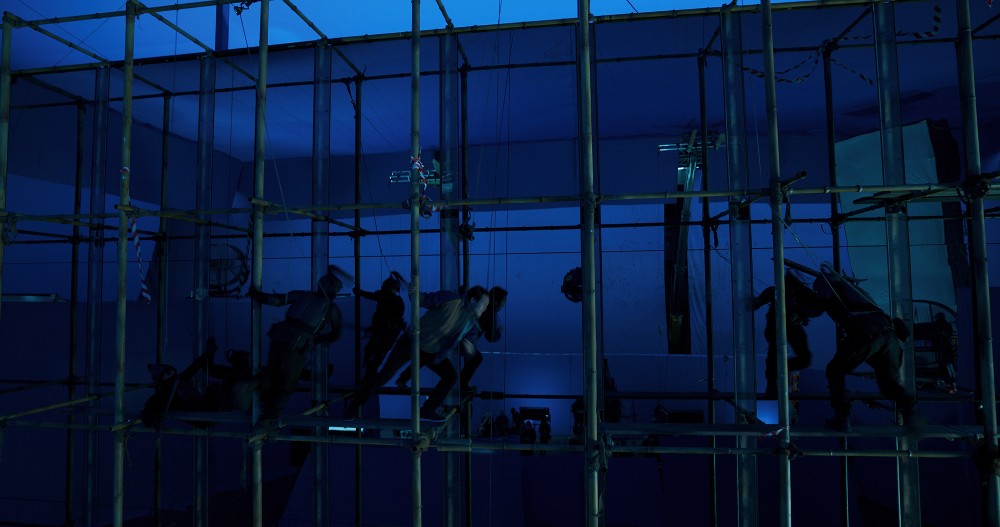
BTL: Of course, COVID was a big and unexpected change. I don’t know where production stood when things were shut down, but could you continue working on VFX during that time? Was San Francisco the last thing they needed to film at that point?
Townsend: No, we were about a third of the way in. I think that’s about right.
Farrell: Yeah, about three months in, something like that.
Townsend: We were actually in the middle of shooting the big fight sequence in the nightclub, so we had 400 extras when it was announced we were closing down. They sort of said, ‘Everyone just go home. We’ve got to figure out what we’re going to do.’ We waited around for a few days, and they said, ‘Okay, we’re closing the production down for an unspecified amount of time.’ Initially, we were part of that being closed down, and a small group of us said that ‘actually, we’d really like to stay on because there’s an awful lot that we can get done.’ And it was incredibly fortunate in some ways.
We had three months while everyone had gone back to the States and gone back to their various homes throughout the world. We ended up staying in Sydney, and the picture editor stayed, and the director stayed, the producer stayed. Joe and I and a small group of people in visual effects stayed, so we carried on working, and we continued to do pre-vis for the final battle. We also carried on working with our visual effects companies, who had already started work on some of the sequences. We got a bit of extra time to do some more post-production work as well. In some ways, it was a good thing. We were given the gift of time, which we very rarely have.
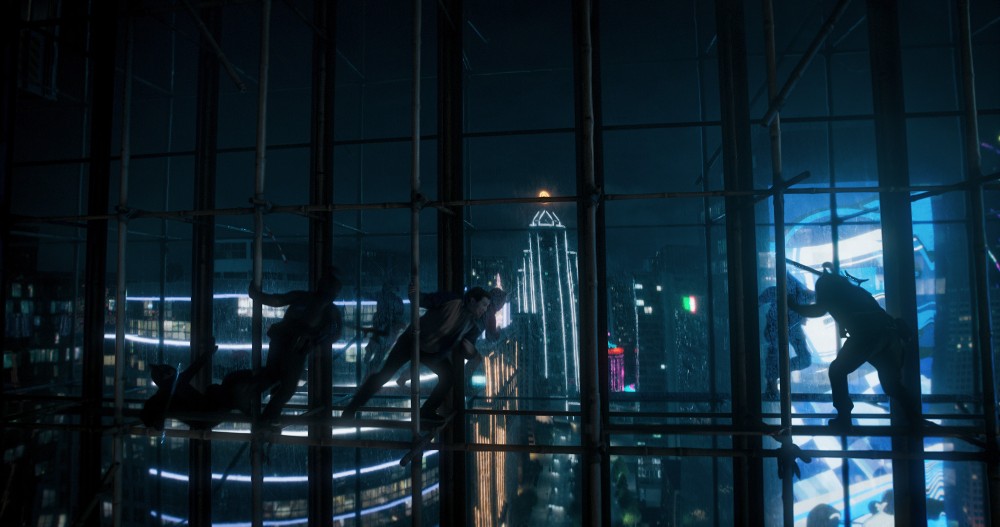
BTL: Joe, I’d love to hear more about working with second unit. I know that there’s a lot of digital face replacement involved with having the stuntmen and women in place of actors or vice versa. But there are so many intricate fight sequences, like the scaffolding scene and the fight on the bus. Is it a similar role on second unit, making sure they’ve shot enough pieces that can be composited by VFX?
Farrell: That was actually a really interesting process that actually evolved over shooting. When we first started, Chris, and I would talk about face replacements and the tried-and-true techniques of doing that kind of work. You get the actor, you get them into a safe scenario, and you reshoot as best you can a similar kind of movement. You would then take that and you’d either project it or cut up parts of it and work with the artists at the post house to try and get that to work, as far as putting that onto a stunt performance. As time evolved and we ended up with I think over 200, maybe even 250 shots, some of them potentially as big, close shots of some pretty intricate stunts, stunts that the actors, if they were to do them, would potentially put themselves and certainly their bones at risk.
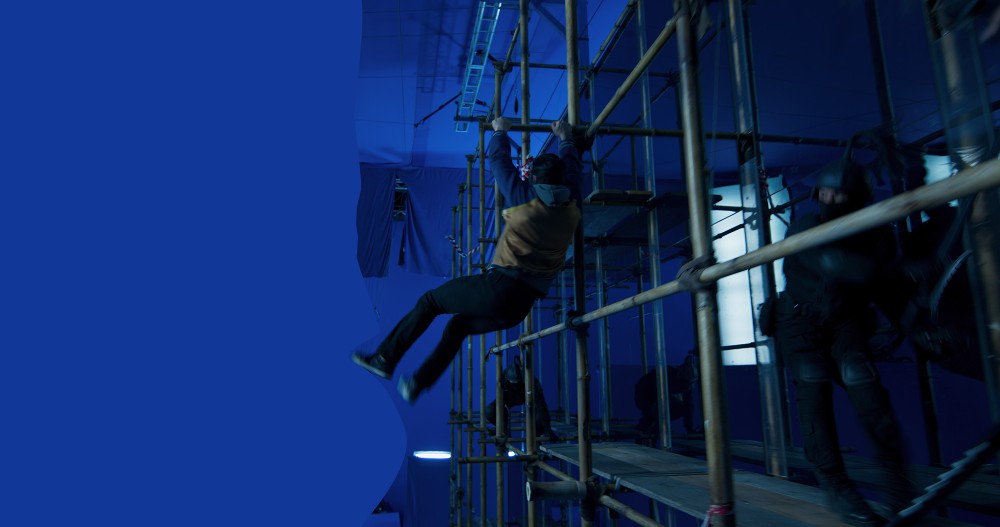
The stunt people on this have these incredible martial arts-trained stunt people that were able to pull off this amazing agility, sometimes without even using harnesses. We had one of Australia’s best parkour champions, and he was able to traverse that particular set, which was a three-story set that we could change up to about 30 to 35 degrees, according to what the shots were required. But this particular one, I remember, he stood up on the top and basically danced all through this bamboo, avoiding and narrowly ducking all the 49ers that were trying to get him, and then finally ending up at the very end of the set and catching Katie in one hand.
That particular shot was really difficult, because we actually had two camera operators all harnessed up, and one camera operator would sort of leap down through the set and then hand the camera over to another operator who would then continue this on. We practiced it a few hours, or even days, I think, leading up to it. So that shot was particularly impressive, but what we ended up doing is sort of a combination of machine learning, as well as traditional techniques to do some of that face replacement. We would shoot it, and as we would go we would decide on various different techniques to capture that data, and then do whatever works best for the shot, really. It depended on what techniques worked out in the end.
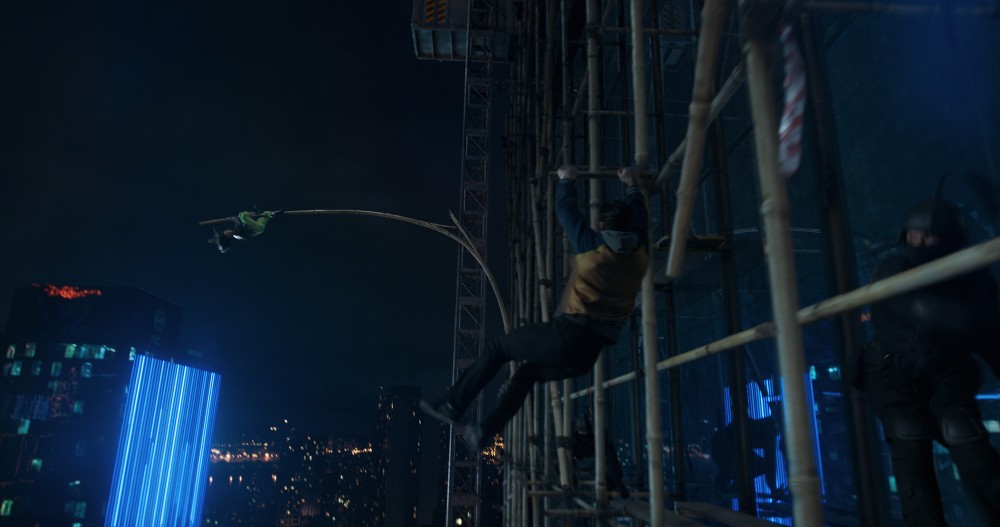
BTL: It all looked really great and quite seamless, and I’ve seen the movie five or six times now. I’m curious what you guys thought were some of the better VFX in movies from last year. It obviously doesn’t have to be one of your competitors at the Oscars, but I feel you would watch these movies differently than the rest of us might.
Townsend: I think there’s a bunch of movies. I think the new Ghostbusters with the Harold Ramis recreation as a ghost, I thought was particularly impressive for this year. I thought that the structure in Godzilla vs. Kong was just ridiculous and over the top and “Wow!” These are big effects movies, but there are very few movies these days that don’t have visual effects, and there are so many that are seamless, but they’re set extensions, and they very much play a supporting role, but without them, the film just wouldn’t work. I think there are many movies that we’ve seen and loved, that have visual effects in them that are just so beautifully, elegantly done that you don’t really notice. I think those are the ones, they’re the unsung heroes of all the films, I think, in many ways.
Farrell: The gauge I use is if I stopped trying to look at the shots and actually just end up enjoying the movie, then the visual effects are pretty good. That’s my best judgment. Most of the time, I try and switch it off, because if you’re sitting there analyzing your visual effects, then you’re bringing your daytime job into your nighttime family time. And those two things should be kept separate if you possibly can. I certainly got into [VFX], because of the entertainment of watching stories being told. Although I do this for a living, it’s always good to be able to switch it off, to not be able to watch it. As Chris said, just supporting visual effects is always a great thing, to just sort of not realize you’re watching it, and I’m a big fan of those kinds of shows.
Townsend: Nightmare Alley was an example, I think, where it was just very beautiful and elegantly done as a film, and clearly, there was a lot of work in there. There had to be, because you think, ‘Well, they can’t possibly have shot that.’ But it never takes you out, and those are the things that are just very beautiful. Like Joe, I never want to be taken out of the film, and I’m a sucker for it. You give me a good soundtrack and a great story and I’m in, but it’s all about telling the story.
BTL: Now that you mention it, I would love to see a VFX reel for The Power of the Dog. You just know they had to resort to using some visual effects to make it look that great, even though it’s not what you would consider a VFX movie.
Farrell: There’s gotta be a camera crew in a reflection somewhere in there. There’s probably a lot of cleanup work, and sometimes it can actually be quite complex, some of that cleanup work. If budgets are restricting you these days, and you’ve really got to get your shoot done, maybe back in the day, you would have perhaps waited for the lighting a bit longer, or you would have waited for the second camera to maybe get out of the way to run another take. With visual effects being what they are these days, it’s cheaper and easier and faster to be able to clean out that sort of stuff before but make your day. So a lot of the work is sometimes relating to that, and that’s visual effects work.
Shang-Chi and the Legend of the Ten Rings is now available to watch on Disney+ and various VOD platforms, as well as on DVD and Blu-ray.





